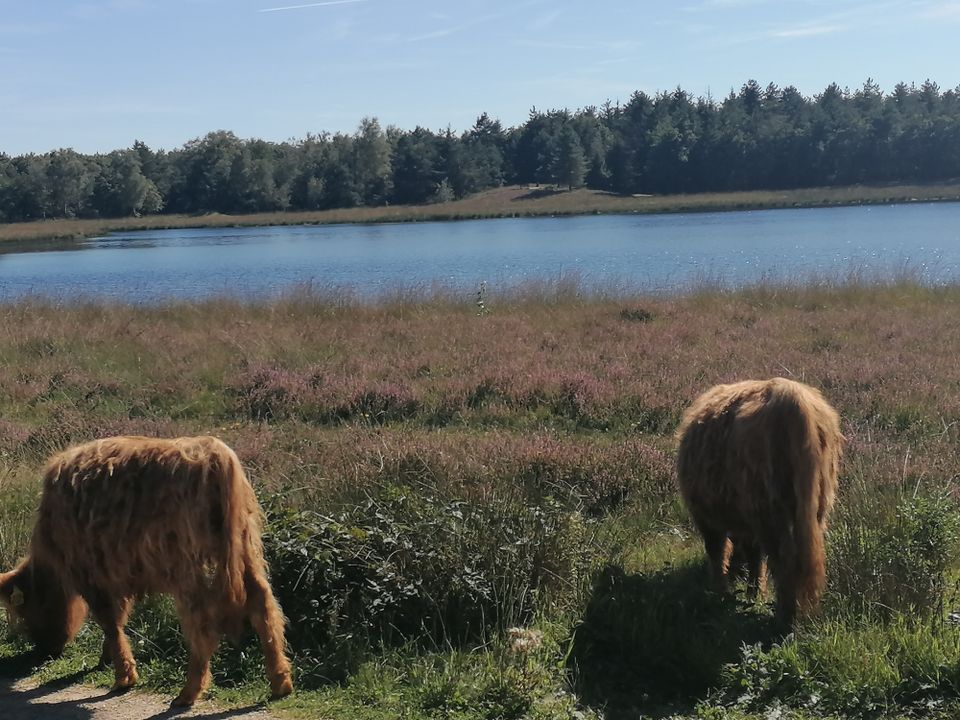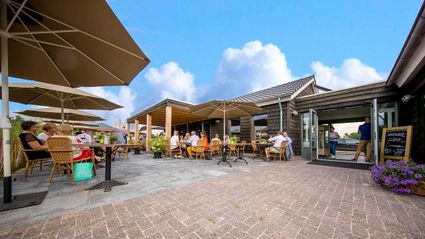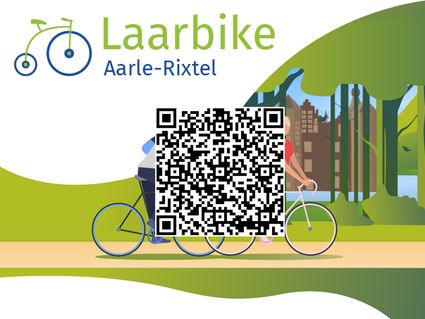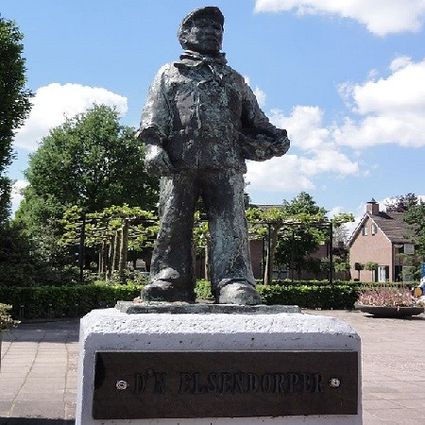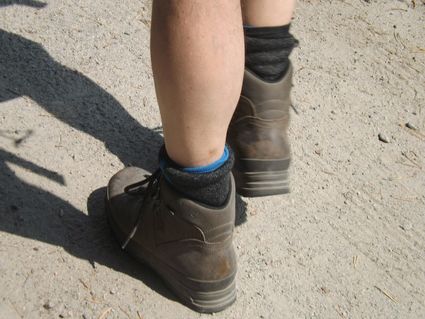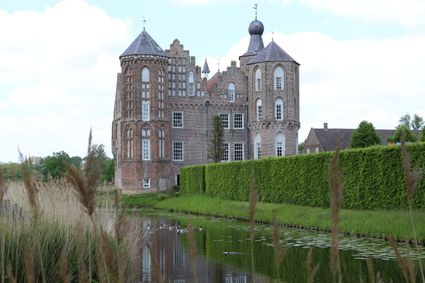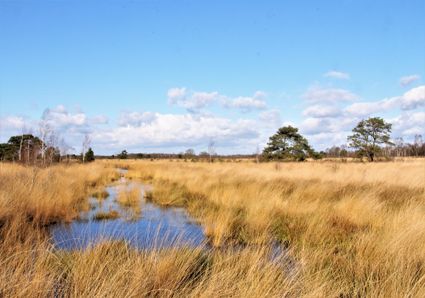Hiking the Zevenvennenroute in Someren
This walk runs on well-maintained paths through a varied nature reserve with coniferous forests, heathland, fens and meadows.
The walk takes you along various small and larger fens in this Keelven area. The fen landscape is very beautiful about half of the walk. In the past, fens were created by the blowing out of the sand. The water remains in the fens thanks to an impermeable layer in the subsoil. Fens are fed exclusively by rainwater. The newly created fens were largely dug here to restore the original character of the landscape. These new fens consist of open water and a wide natural bank with a pool-marsh zone in which fen and wet heath vegetation can develop.
Originally the area consi…
This walk runs on well-maintained paths through a varied nature reserve with coniferous forests, heathland, fens and meadows.
The walk takes you along various small and larger fens in this Keelven area. The fen landscape is very beautiful about half of the walk. In the past, fens were created by the blowing out of the sand. The water remains in the fens thanks to an impermeable layer in the subsoil. Fens are fed exclusively by rainwater. The newly created fens were largely dug here to restore the original character of the landscape. These new fens consist of open water and a wide natural bank with a pool-marsh zone in which fen and wet heath vegetation can develop.
Originally the area consisted of extensive moors. The shepherd let his sheep graze there during the day, which were kept for the wool and meat, but especially for the dung. This manure was collected in the deep litter barn. The deep-fat barn was the cattle shed from which the manure was removed only once a year, when the animals went outside, and in which the straw was regularly replenished in the meantime. With the invention of fertilizers, the farming system changed the way farming was practiced. Large areas of heathland could be reclaimed for agriculture. Large areas were also planted with Scots Pine which was used in mining to prop up the mine shafts.
The stone building that you pass during the walk dates from the time of production forests. Originally built by the municipality for forestry purposes around 1947-1948. The beekeepers' association St.-Ambrosius has been housed here since 1972. In addition to Scots Pine, there are also other coniferous tree species, such as Norway spruce and Douglas. At present, an attempt is made to give the forest a more natural appearance through integrated forest management. Integrated forest management is characterized by the natural management of forests with both hardwood and coniferous wood, young trees and mature trees, shrub vegetation, fallen trunks, open spaces and dead wood. In winter, Crossbills can be found in the tops of the Norway spruce, a bird species that feeds on the seeds from the cones.
Management of the heath remains necessary. If this doesn't happen, young pines and birch trees will quickly reclaim the area. Grassing, the massive occurrence of the Pijpenstrotje grasses, is also not desirable. In order to maintain this landscape, large grazers such as ponies and Scottish Highlanders live here.
The last part of the walk is very different in character. The green meadow landscape adjacent to the forests was created by the reclamation of the original heathland. The Peelrijt flows through the meadows. This river ends in Beuven, a little further away. At that time, this river was the cause of the pollution of this fen. Due to the supply of fertilizers and pesticides, the special vegetation that existed around the Beuven quickly disappeared. Measures have now been taken to stop further pollution. This former meadow landscape has undergone a true metamorphosis in recent years with the construction of a beautiful 27-hole golf course De Swinkelsche. Nature, tranquility, space and a wide variety of courses characterize this golf course that has been laid out in such a way,
The free brochure of this Zevenvennen walking route with a map and description of all objects is available at the Tourist Information Point, De Meer 21a Someren, or click the button below; "View route in PDF"
Sights on this route
Starting point
Natuurpoort Vennenhorst
Bosrandweg 6
5712GX Someren
Navigate to starting point
